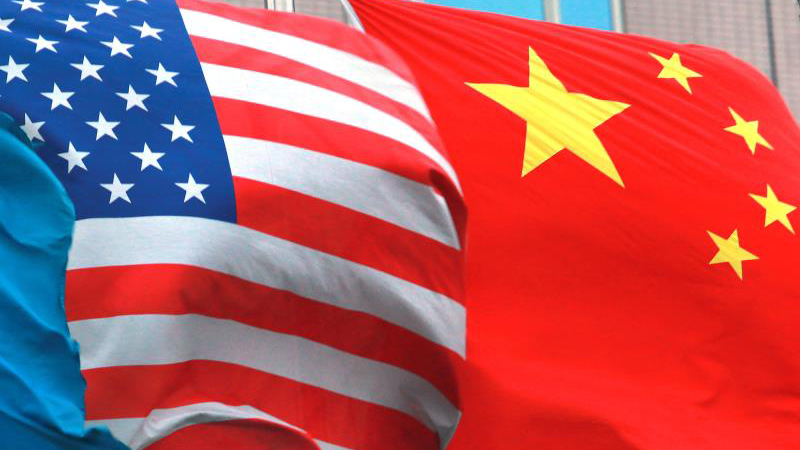
Politics
16:51, 16-Dec-2018
Three Joint Communiques: The foundation of the development of China-U.S. relations
Updated
16:08, 19-Dec-2018
By You Yang, Yu Jing
02:36

Today marks the 40th anniversary of China and the U.S.'s signing the Joint Communique on the Establishment of Diplomatic Relations. It is one of the three crucial communiques reached between the two sides, which has laid the foundation for bilateral ties while also guiding their development.
The story began in 1971, when former U.S. Secretary of State Henry Kissinger made his first visit to China, opening a new chapter in the China-U.S. relations. Kissinger met with Zhou Enlai, then Chinese premier, who expressed his hopes for improved bilateral ties.
This trip paved the way for the groundbreaking 1972 meeting between then-U.S. President Richard Nixon and Chinese Chairman Mao Zedong, ending 23 years of diplomatic isolation and mutual hostility. At the conclusion of this trip, China and the U.S. signed the Shanghai Communique, the first communique between the two sides.
In the document, "Both nations pledged to work toward the full normalization of diplomatic relations. The U.S. acknowledged that there is only one China and that Taiwan is a part of China. Both sides agreed to respect each other's national sovereignty and territorial integrity. And the two nations agreed to take action against 'any country' establishing 'hegemony' in the Asia-Pacific."
The second communique was an achievement of then-U.S. President Gerald Ford's visit to China in December 1975. Known as the Joint Communique on the Establishment of Diplomatic Relations, this document formally announced the commencement of normal relations between the two nations.
In so doing, the U.S. reiterated its stance on recognizing only one China. In addition, Washington also declared it would end formal political relations with Taiwan.
Both sides reaffirmed their wish to reduce the risk of international conflict.
On January 1, 1979, China and the U.S. officially opened their diplomatic relations at the ambassadorial level. In the same year, at the invitation of then-U.S. President Jimmy Carter, then-Chinese leader Deng Xiaoping's first visit to Washington raised bilateral ties to a new level.
The two governments issued the third communique on August 17, 1982. This document reaffirmed the desire of both sides to further strengthen economic, cultural, educational, scientific, and technological ties.
Both sides also reaffirmed the statements made about the Taiwan issue in the previous communique. Washington declared its intent to gradually decrease its sale of arms to Taiwan.
The three joint communiques between the two nations have always been the foundation for bilateral ties. However, since U.S. President Donald Trump took office in 2017, the attitude toward these documents by the U.S. is casting a shadow over the future ties of the two countries.

SITEMAP
Copyright © 2018 CGTN. Beijing ICP prepared NO.16065310-3
Copyright © 2018 CGTN. Beijing ICP prepared NO.16065310-3